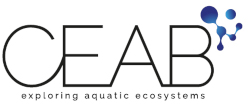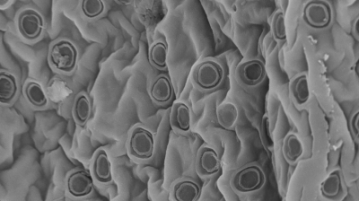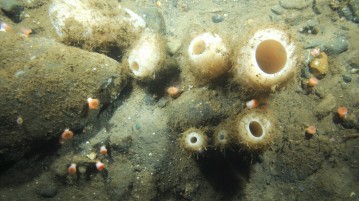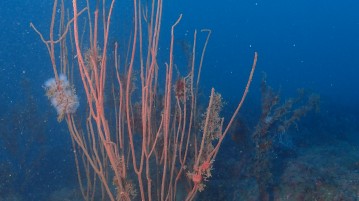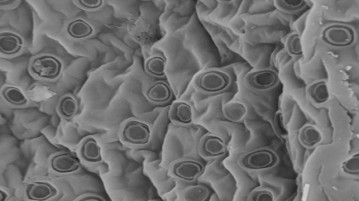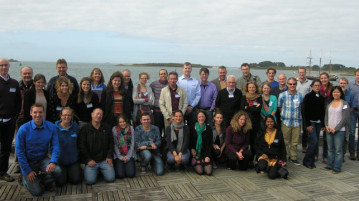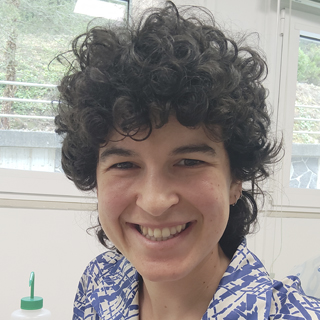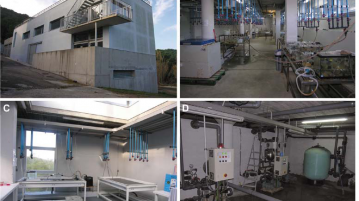
Sponge ecobiology and biotechnology
Responsable: Maldonado Barahona, Manuel
The Sponge Ecobiology and Biotechnology Group (SEB) combines objectives concerning fundamental research with others of potential practical application. The work is structured around marine invertebrates, mainly sponges (Porifera), which is a group of organisms holding a remarkable importance owing to various reasons:
1) They play a relevant ecological role in a number of key marine habitats (coral reefs, mangroves, continental margins, etc.)
2) They show a high biotechnological potential derived both from the production of substances and materials of high human interest and from their applicability as bio-filters and environmental bioindicators.
3) They possess the character of evolutionary link between protozoan and metazoan and this is a keystone for the understanding of the molecular and cellular systems that allowed the evolutionary emergence of the Animal Kingdom. In spite of the strategic importance of this group, only a few specialists currently work on it in our country.
Consequently, the aim of our Research Group is the production of basic knowledge with a potential practical application along three different lines:
1. Eco-Biology of Porifera silicification and its biotechnological application. Concerning the ecological processes, we study the role of sponges in:
– The biogeochemical cycle of those marine nutrients crucial to the primary production (with an emphasis on silicate).
– Bio-remediation of organic and bacterial pollution in the water column.
– As bioindicators of global environmental changes.
The investigations on marine silicate use by sponges do not have biological and ecological derivations alone, but they have also potential biotechnological applications because of their utility in the production of materials of an industrial interest. We are currently collaborating with several international groups to calibrate the isotopic signature of biogenic silica in sponges, in order to achieve a more efficient use as paleo-environmental markers and as biomaterials as well. Consequently, one of our main aims, currently and in the near future, is the study of the cellular and ultrastructural mechanisms underlying bio-silicification aiming at its biotechnological application.
2. Reproductive eco-biology of Porifera and its biotechnological application
The research carried out on several aspects of sponge reproduction over the past ten years is now being used to set pilot sponge cultures in order to achieve:
– The production of substances of interest (cultivation in bioreactors)
– Waste water treatment in marine fish farms (making cultures in adjacent aquaculture facilities)
– Sea aquariums ornamentation
3. Evolutionary Biology of basal metazoans
The diverse histological and cytological studies carried out over the past ten years have allowed us to gather an exhaustive knowledge of the anatomy and ultrastructure of these organisms. This knowledge turns out to be of great interest in the field of evolutionary biology as it can be confronted to hypothesis from a number of molecular phylogenies (rRNA, mtDNA, nuclear genes) that are being proposed in order to disentangle the origin and the early evolution of the basal groups of the Animal Kingdom (placozoans, sponges, cnidarians and ctenophores).
Projects
Membres
-
Gómez Martos, Isabel
Contracte de projecte
-
Leria Florensa, Laia
Post-doctoral researcher
-
Maldonado Barahona, Manuel
Principal Researcher
Research Professor
